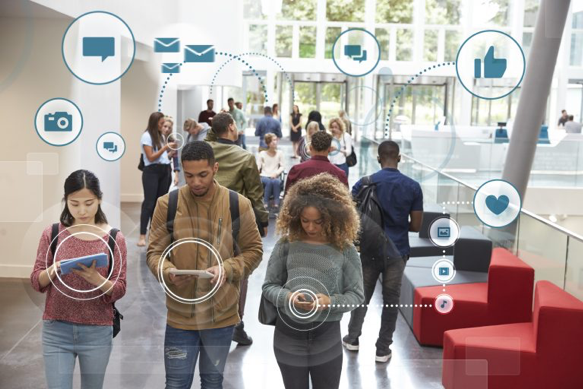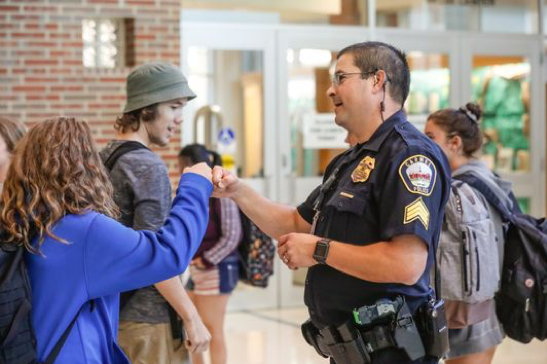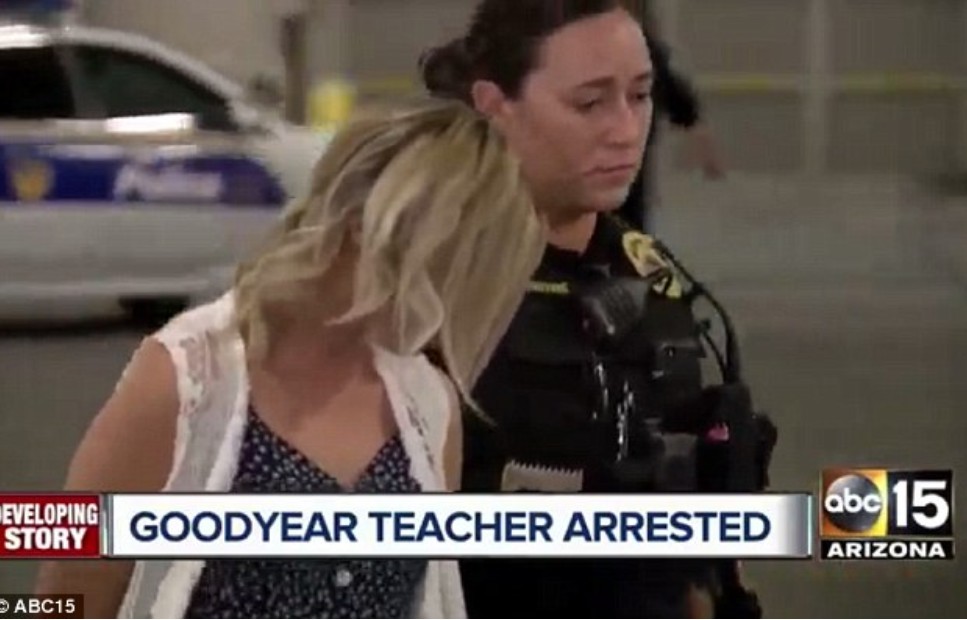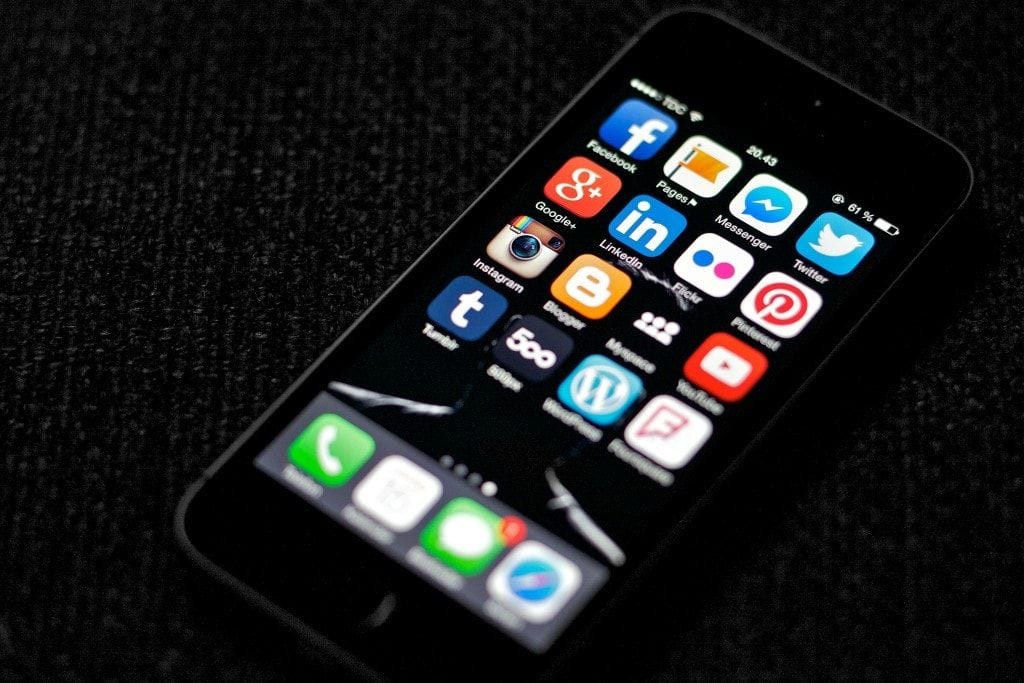Not too long ago the highlight of our day was hearing “You’ve got mail!”
Those were simpler times when we didn’t have to worry so much about offending people with what we posted or someone sharing our status. But now, social media allows anyone, including students, to make any part of life much more public. Whether you like it or not.
Politicians, professional athletes, and celebrities are the most common groups to have their posts shared, retweeted, and broadcast across social media platforms for all to see. But lately, students have been making waves. From social justice campaigns, to controversial photos or videos, students’ social media posts can stir up some strong reactions.
So what exactly is acceptable when students decide to take their opinions online? Can students expect to have their “free speech” protected?
The First Amendment and Online Expression
In general, students have the right to freedom of expression unless it infringes on the rights of others, school safety, or interferes with the ability of a school to deliver its educational services and processes. Thus, off-campus online expression would be protected in the same way as traditional speech.
We must protect First Amendment rights of students while also recognizing that schools do have some ability, under very limited circumstances, to discipline students for off-campus speech.
But when “free speech” becomes threatening, that’s when educators need to speak up. Some instances of student social media use, including that which is off-campus, amount to misconduct that can be disciplined according to school policy.
Let an administrator know about student social media use that:
- Breaches school policy.
- Leads to or creates substantial disruption to the educational process.
- Results in bullying toward students or staff.
- Threatens school violence.
Here are some questions that may help students decipher what they should and should not do when using social media in regards to school policy.
Do I have the right to access social media while I’m at school?
Yes and No. It is up to the school to determine when it is appropriate to use devices that allow social media access. Some schools prohibit personal cell phones on campus and others may block certain sites on their computers and networks. Check your school’s policy to learn the rules.
Are my rights different if I use a school computer or device instead of my own?
Yes. Most schools have rules for their own computers and devices that you have to follow. There may be software installed that monitors your activity, including browsing history, so be cautious of the actions you take while on a shared device. And always log out of your accounts!
Can my school search for my social media activity without telling me?
Yes and No. If your school starts a social media monitoring program, they must let you and your parents know, allow you to see the information they have collected about your social media activity, and delete it when you leave the district or turn 18.
If your school does not have a monitoring program, you do not have the right to know what information teachers and officials find through their own searching on social media. Remember, anything you post publicly can be seen by anybody, including police officers, teachers, officials, and other students.
Can I be disciplined for simply expressing my opinion on social media?
Sometimes. You have the right to speak your mind on social media. Your school cannot punish you just because it doesn’t agree with your opinion. However, you can be disciplined if you say something on social media during school hours or at a school function or event that officials believe could lead to a “substantial disruption,” your school can discipline you.
You can also get in trouble for “cyberbullying” outside of school. This includes creating false profiles, impersonating other students, or creating fake pages in order to bully someone.
What is a “substantial disruption”?
Your speech is a substantial disruption when it encourages violations of school rules, illegal activities, or it risks causing a big interference with the education of other students. For example, threats to other students or your teachers using social media will likely be considered a substantial disruption.
What can I do to prevent school officials from looking at what I post on social media?
Make sure your passwords are secret so that others can’t sign in to your accounts and post as you. Manage your privacy settings to make sure only your friends see your profile and posts. And remember that the people you decide to share with may share your posts with others or in a public way.
Ultimately, with the great power of social media comes great responsibility. Whether online or offline, on-site or off-campus, student communication in the digital era is still plainly a First Amendment issue. We must keep that in mind.



